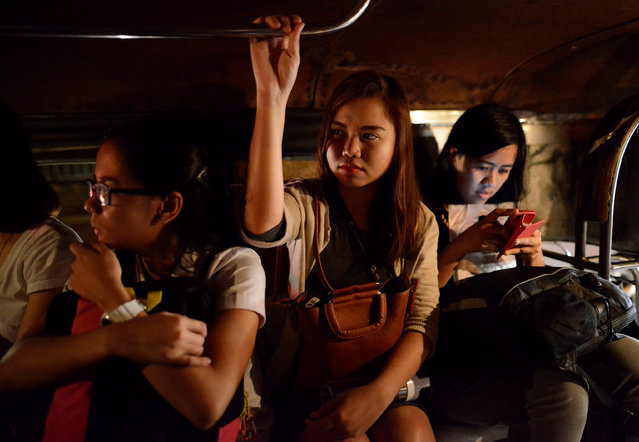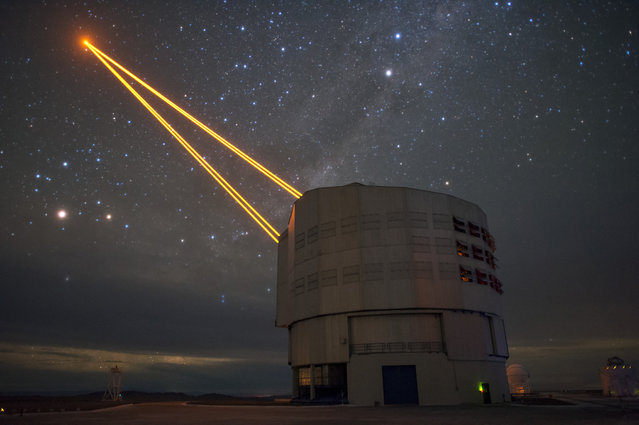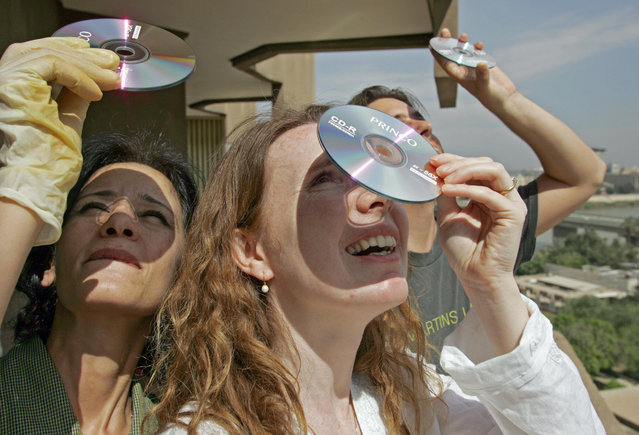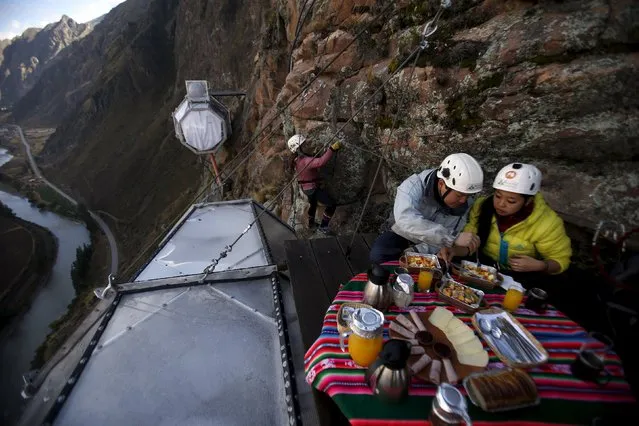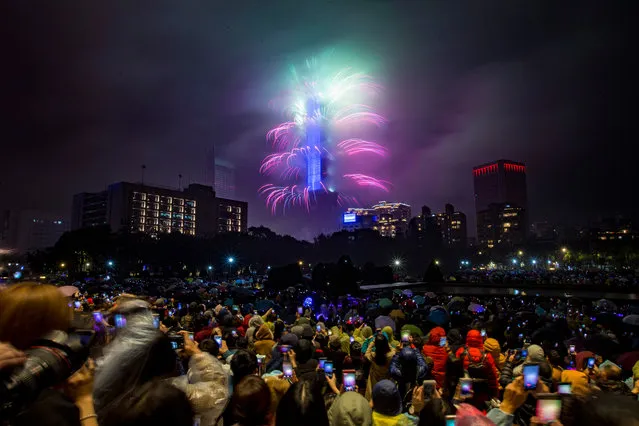
Fireworks and light effects illuminate the night sky from the Taipei 101 skyscraper during New Year's Eve celebrations in Taipei, Taiwan, 01 January 2019. (Photo by Ritchie B. Tongo/EPA/EFE/Rex Features/Shutterstock)
02 Jan 2019 00:01:00,post received
0 comments


